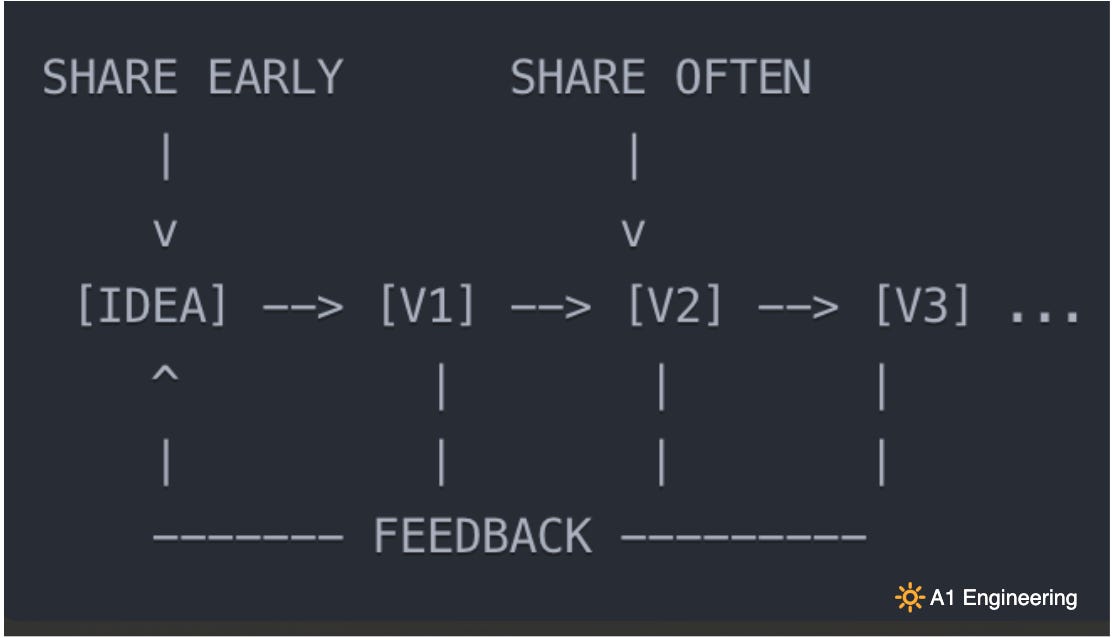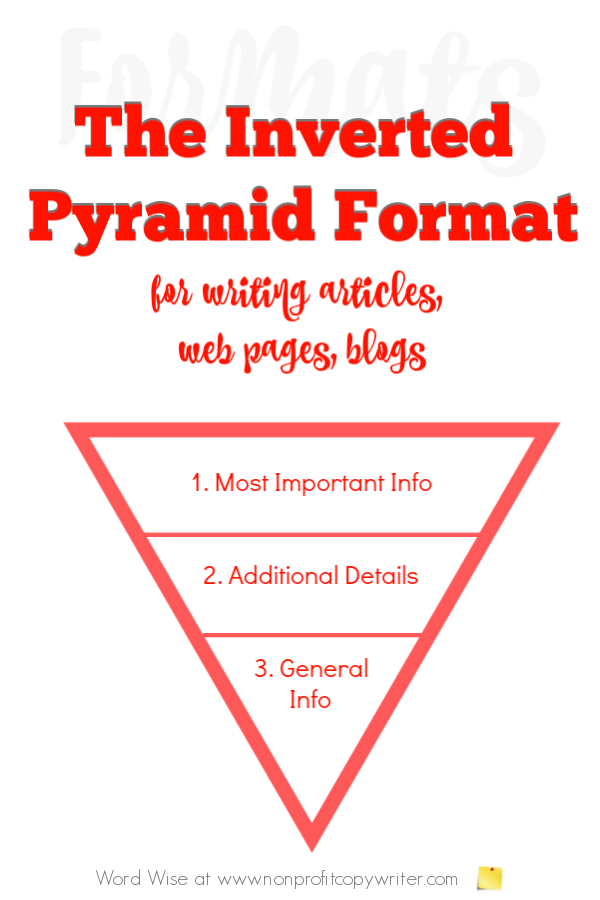- A1 Engineering
- Posts
- The secrets of clear and effective communication
The secrets of clear and effective communication
Why improving your communication skills is so important

Photo by Jason Goodman on Unsplash
Many parts of my job revolve around these key phrases —
“Bring it up with them as early as possible so they aren’t surprised by your ask”
“Did you talk about it to this other person?”
“Can you make sure to keep everyone up to date about the progress of this issue?”
“Do you have any updates that you want to share for your task?”
“Is there a read-ahead folks can read before the meeting?”
“Has this been documented somewhere?”
“Can you add an agenda to the meeting so people know what they are getting into?”
This is just a sample of the times I advocate for effective communication. The ability to clearly communicate what you are looking for, in an effort to get to a productive outcome, is absolutely paramount. As you get more senior, your sphere of influence gets larger. Your ability to cut through the noise with concise communication becomes even more important. In addition, if communication is not flowing effectively from one team member (or group) to another, you are responsible for resolving the gridlock.
Based on my learnings over the last few years, I have boiled effective communication down to a few simple rules —
📣 Speak early, speak often — Follow the spirit of “Shift Left”. As early as you can, have a blueprint of what you are trying to accomplish and communicate that to the people who need to receive it. Perfect is the enemy of good, so don’t worry about perfecting the message. Caveating documents or proposals as “rough drafts” or “first look” can buy you a lot of leeway. However, getting that context into people’s heads early on is extremely valuable for the subsequent interactions to be meaningful. You can share updates to your drafts later on while incorporating feedback.

📚 Overshare, not overburden — Share periodic updates with your stakeholders/peers/customers as often as you can . The frequency depends on the criticality and nature of the issue. Ensure they are not updates that are hard to read/interpret. This happens if the updates -
1) Are too long to read and hard to synthesize
2) Make other people do work that they haven’t signed up for
3) Are sent far too frequently for what the purpose of the activity calls for
⏱️ Respect people’s time — There are no stupid questions. However, if not thoughtful, taking up people’s times to address your questions can be wasteful. Be prepared, and make sure to think through what you are trying to get out of an interaction or conversation with someone, so that you can make the most of their inputs.
🎥 Get good at asynchronous communication — I am a firm believer of asynchronous communication, even if your company tends to operate synchronously. This means getting really good at written communication, be it through Slack, design documents or emails. This is because
1) it puts the onus on the communicator to be thoughtful, detailed and prepared for whatever they will be communicating to their audience.
2) It acts as a store of record for other people to read in the future.
✍️ Write details, speak highlights — Written communication should contain all the details for a particular communique, so that people can read it up on their own time. However, it should follow the rules of BLUF (Bottom Line Up Front) - also referred to as the inverted pyramid format. This allows readers to walk away with the most important points of your writeup even if they don’t have the time to read all of it.

In the event, that you need to synchronously communicate with your audience, you should maximize engagement by
1) sending them a read-ahead to your writeup or
2) ask them to read the writeup in the first 5–10 mins of your session
3) speak concisely to the main points of your document while pointing to parts of the document that the audience can follow post-hoc. This way you can spend most of the time in the session in an informed back-and-forth conversation about the “How” and “What” rather than trying to communicate the “Why” of what you are trying to convey.
Effective communication can very easily be glossed over because we view it as a second class citizen compared to the “work” we are being tasked to do. However, a true practitioner understands that effective communication is part of the work and not separate from the work. Being an effective communicator will make you highly effective at your job. Hone this skill and see how things change for the better yourself!
If you liked this article, please ❤️ to give me feedback! If you agree/disagree with anything, please leave comments or questions on the article and we can discuss!
📚 This Week’s Top 3
Seems silly at first, but is this a sign of things to come? AI “beauty pagent” winners
Neo4J published The GraphRAG Manifesto outlining how RAG is incorporating Graph databases to be more effective.
For those interested in learning more about GIS (Geographic Information Systems), Felt has a great primer.
Reply